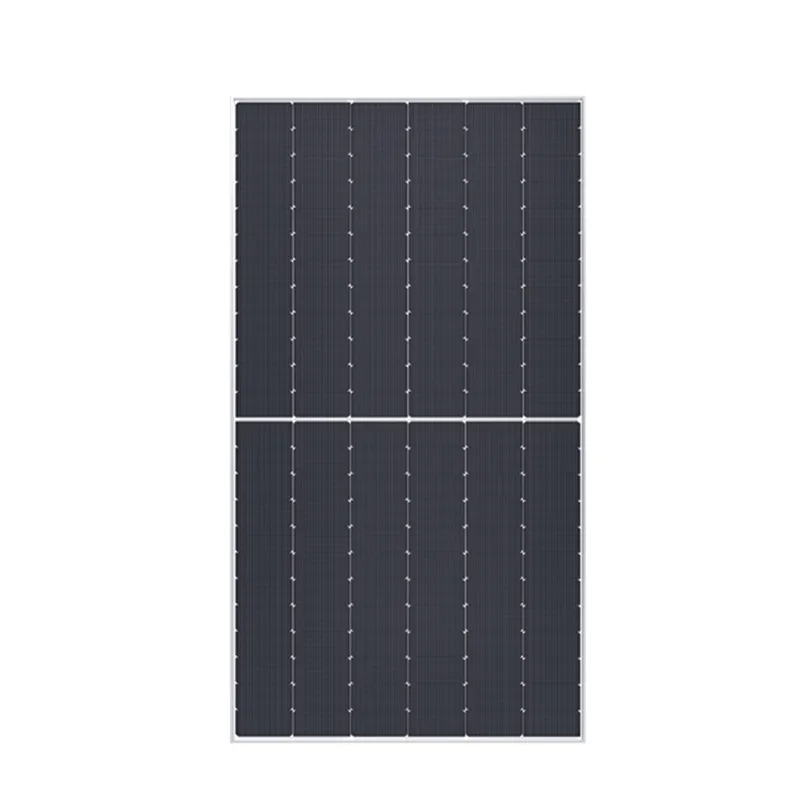Advancements in Perovskite Solar Panels for Sustainable Energy Solutions and Future Applications
Perovskite solar panels have emerged as a revolutionary technology in the field of renewable energy, promising high efficiency at a lower cost. Named after the mineral perovskite, which has a specific crystal structure, these solar cells have garnered significant attention due to their impressive performance and versatility in applications.
The principal appeal of perovskite solar panels lies in their exceptional light absorption capabilities. With a power conversion efficiency that has rapidly climbed to over 25% in laboratory settings, perovskite cells can convert a greater share of sunlight into usable energy compared to traditional silicon-based solar cells, which typically have efficiencies around 20%. This remarkable performance is largely attributed to the unique properties of perovskite materials, which can be composed of various organic and inorganic compounds.
One of the major advantages of perovskite solar panels is their relatively low production cost. The materials used in fabricating these panels are abundant and inexpensive compared to the high-purity silicon required for traditional solar technology. Moreover, the manufacturing processes for perovskite cells can be simplified and scaled down, allowing for potentially lower capital investment in production facilities. This cost-effectiveness makes them an attractive option for expanding solar energy deployment, particularly in developing regions where budget constraints are prevalent.
Another fascinating aspect of perovskite technology is its flexibility and adaptability. Perovskite solar cells can be manufactured on a variety of substrates, including flexible materials, which opens up new possibilities for integrating solar energy harvesting into building materials, clothing, and portable devices. This adaptability could lead to innovative applications that were previously unattainable with rigid silicon panels.
perovskite solar panel

However, despite their promise, perovskite solar panels face significant challenges before they can realize their full potential in the market. Issues of stability and durability remain paramount, as many perovskite materials degrade when exposed to moisture and UV radiation, leading to concerns about their long-term performance. Researchers are actively seeking solutions, including the development of protective coatings and encapsulation techniques to enhance their resilience.
Environmental considerations also play a vital role in the future of perovskite solar technology. Some perovskite materials include lead, raising concerns about potential toxicity and environmental impact. Ongoing research aims to find less harmful alternatives, ensuring that the positive aspects of perovskite technology do not come at the expense of environmental safety.
In conclusion, perovskite solar panels represent a promising advancement in solar technology, offering high efficiency, cost-effectiveness, and versatility. While challenges remain, the ongoing research and development in this field are likely to overcome these hurdles, paving the way for the wider adoption of perovskite solar cells and contributing significantly to the transition toward sustainable energy solutions.
-
Navigating Off Grid Solar Inverter: From Use Cases to Trusted PartnersNewsAug.05,2025
-
Solar Edge String Inverter: A Wholesaler’s Guide to Inverter Technology SelectionNewsAug.05,2025
-
Microinverters: Revolutionizing Solar Energy UseNewsAug.05,2025
-
Future of Monocrystalline Solar Panel Efficiency: Latest Technological AdvancesNewsAug.05,2025
-
Solar Panels for House: A Complete Guide to Residential Solar EnergyNewsAug.05,2025
-
Panel Bifacial Performance in Snow and Low-Light ConditionsNewsAug.05,2025







